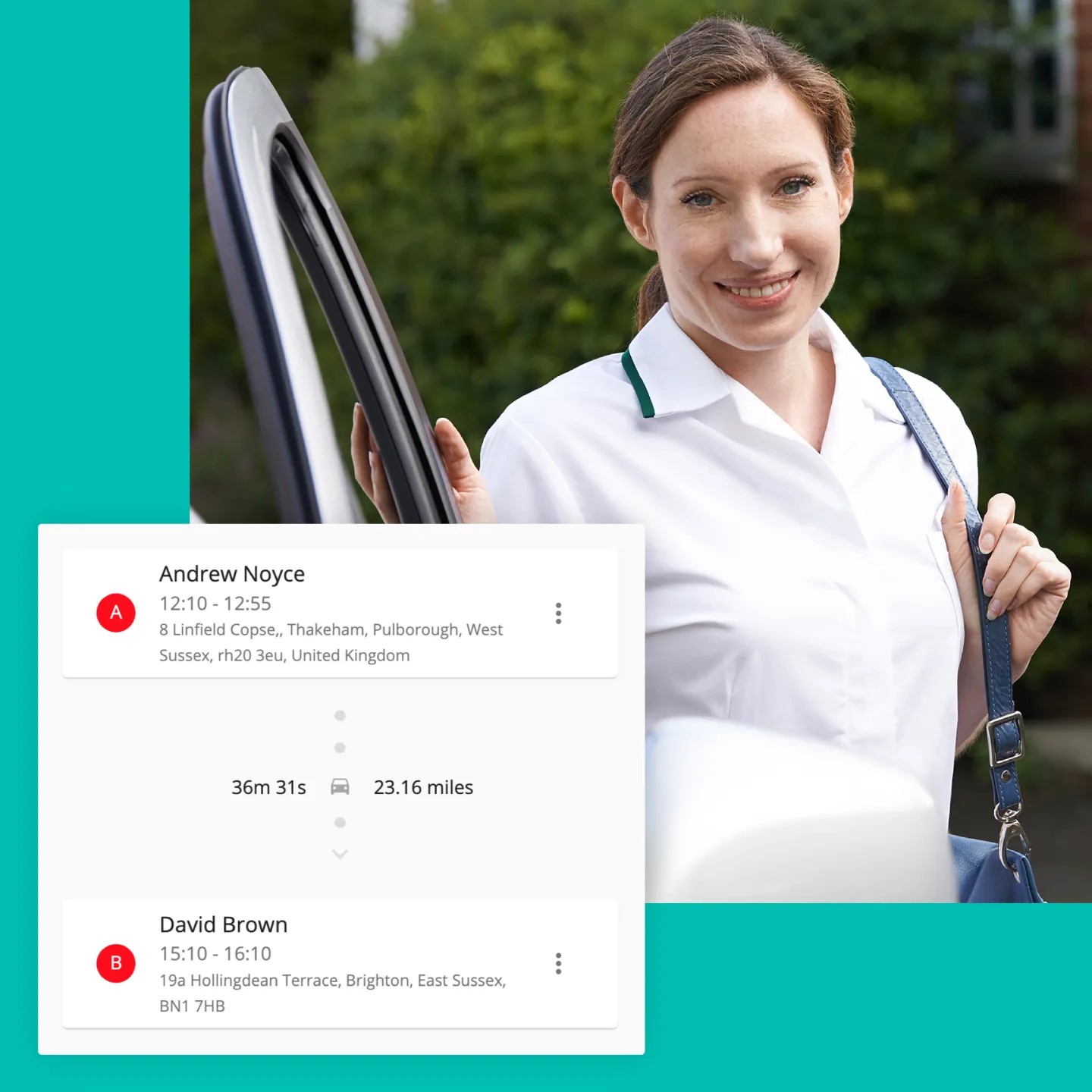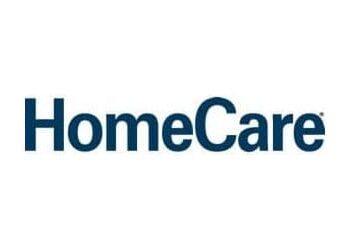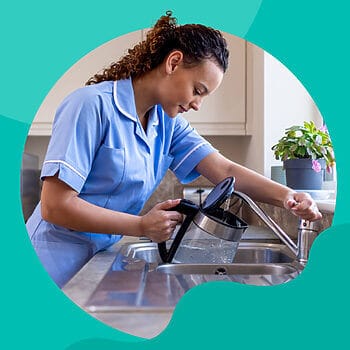Thousands of home care workers drive many miles each day looking after their clients to ensure that they are safe and well cared for. With the cost of petrol at 162.64p per litre, a 12% increase since the beginning of the year and continuing to rise, many home care providers and carers are having to make difficult decisions.
The impact of rising fuel costs means that some carers who travel between clients cannot afford to work and are looking for work where a lot of driving is not required. Certain home care providers are having to increase their mileage payments and as a result have had to increase their costs to their clients.
At a recent Homecare Association conference, we spoke with providers who as well as increasing their costs per mile and carer salaries were taking innovative approaches to reduce the reliance on petrol, such as looking into electric cars that their carers can use. In a recent Homecare Association survey three quarters of respondents said they were concerned or very concerned about the financial viability of their organisation.
The need for home care providers to maximise the efficiency of a carer’s round and distance travelled is greater now than ever before, whether providers have a handful of clients or hundreds. That’s where home care management software, such as CareLineLive, can help.
CareLineLive’s travel time estimates can improve productivity as managers and coordinators can roster more accurately with estimates of travel times between consecutive carer visits.
Using the Google Maps platform, managers can view detailed journey information including distance and expected route, as well as estimated travel time needed. The added benefit of such a feature is being able to easily see if a carer’s rota is feasible and well planned, visualising a carer’s daily rota on a map and reducing the number of late arrivals as visit times are allocated more accurately.
Not only does the use of travel time estimates allow the most efficient journeys to be planned, minimising petrol costs, it also leads to improved client satisfaction as clients get the attention they require and visits are attended to on time.




